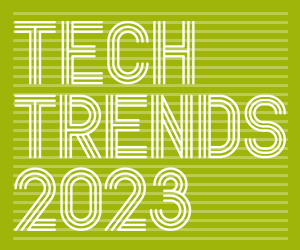Understanding the Advanced Analytics Landscape in Banking
While advanced analytics techniques such as data mining, machine learning and predictive analytics are readily available for use across industries, banks have been slow to adopt them. In fact, just 7 percent of banks are using critical analytics.
Many rely on siloed systems, which can lead to learning about customer behavior and detecting fraudulent activity more slowly. According to a McKinsey report, banks can do much more to leverage their data, such as using advanced analytics tools including the Splunk Data-to-Everything Platform. Microsoft and Tableau also offer similar solutions.
Regardless of the platform you choose, putting data at the center of fraud detection efforts yields positive results. The global data analytics in banking market is expected to reach $28.1 billion by 2031.
LEARN MORE: How institutions should balance access and security.
How Advanced Analytics Allows for Faster Fraud Detection
Advanced analytics allows for faster fraud detection by analyzing data — transaction data, customer data, biometric data and data from external sources — to gather a full understanding of each consumer’s typical behavior.
This way, banks can easily flag and investigate suspicious behavior more quickly, preventing the loss that fraudulent activity could cost a customer and the bank alike. This is accomplished in a few ways:
- Machine learning: Machine learning algorithms can analyze transaction data to pinpoint patterns of abnormal activity and use biometrics — including fingerprints, face recognition and voice recognition — to detect suspicious activity. Machine learning can also learn from past fraud cases and adapt to new fraud patterns so banks flag any suspicious transactions fast.
- Real-time monitoring: Similar to the way a smart security camera can alert authorities about a theft as soon as the crime occurs, real-time analysis in advanced analytics can help banks respond the instant that fraud is attempted. This allows banks to be proactive and stop the crime in process.
- Forecasting: Between the use of predictive analytics and AI tools, advanced analytics can help banks predict the possibility of fraud. This helps banks assist their customers in identifying signs of fraud and bolstering their account security.
In an increasingly digital world, fraud attempts will only continue to rise. But advanced analytics can help banks and their customers anticipate, detect and combat the risk.











